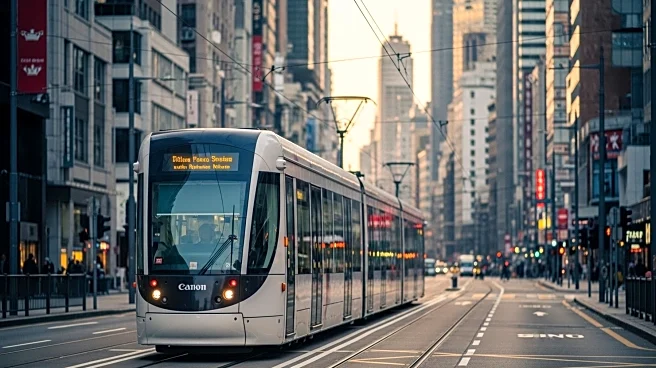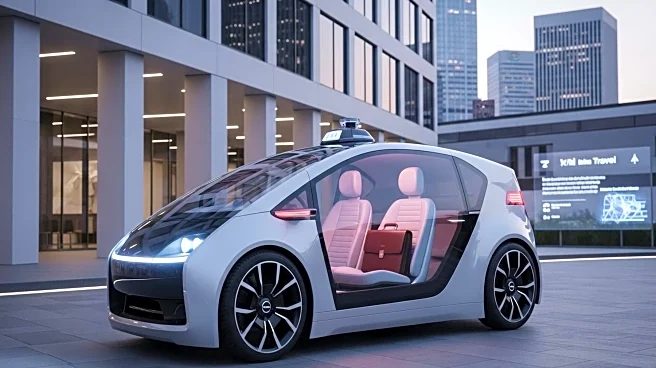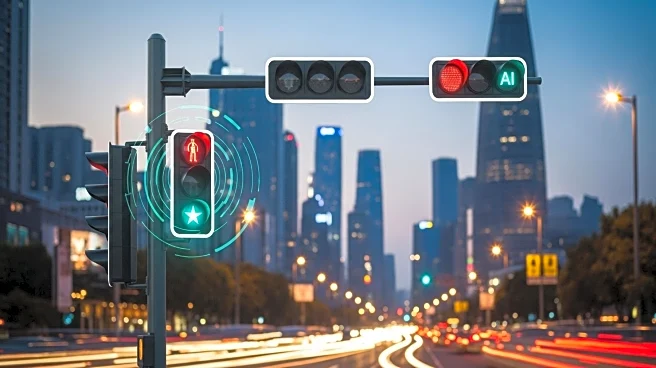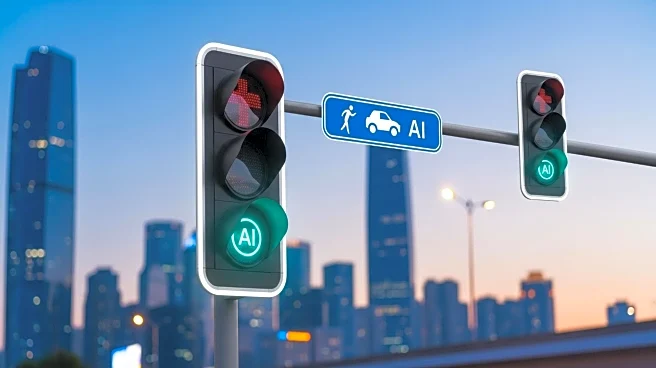What's Happening?
A letter from Martin van Raay, published in New Scientist, suggests that autonomous taxis could address the limitations of public transport. These driverless taxis, hailed through an app, offer a potential solution by eliminating personnel costs, which could make them more affordable. The letter argues that autonomous taxis could overcome the disadvantages associated with traditional public transport systems, such as inflexibility and high operational costs.
Why It's Important?
The proposal of autonomous taxis as an alternative to public transport is significant as it highlights the potential for technology to transform urban mobility. If implemented, driverless taxis could reduce reliance on traditional public transport, offering a more flexible and cost-effective option for commuters. This shift could impact urban planning, reduce traffic congestion, and lower emissions. The idea also underscores the growing interest in autonomous vehicle technology and its potential to disrupt existing transportation models.
What's Next?
The adoption of autonomous taxis could lead to regulatory challenges and require significant infrastructure changes. Stakeholders, including city planners, transportation authorities, and technology companies, will need to collaborate to address safety concerns and establish guidelines for autonomous vehicle operations. Public acceptance and trust in driverless technology will be crucial for widespread adoption. As discussions continue, pilot programs and trials may be initiated to test the feasibility and impact of autonomous taxis in urban environments.










